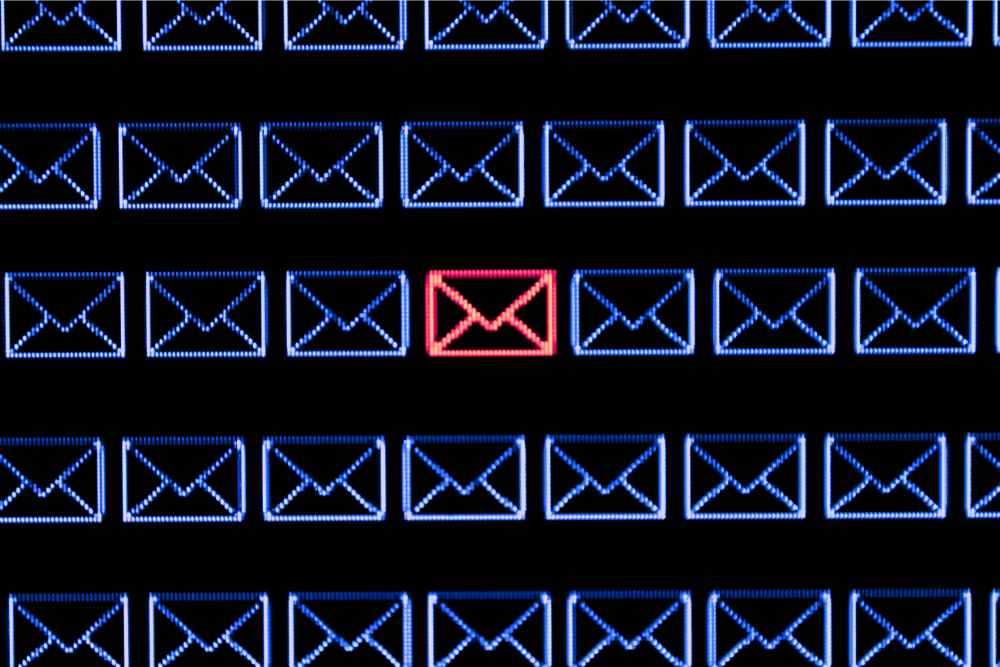
In this fast-paced digital landscape, where information flows seamlessly, intellectual property (IP), including trade secrets, stands as the lifeblood of your organization. These assets are the embodiment of your innovation, hard work, and competitive edge. However, in the age of cyber threats, they are also exposed to a myriad of data theft attacks that can compromise IP protection and the very foundation of your business.
IP theft can have a detrimental impact on your business both in reputational and financial damage in terms of revenue and market share loss, as well as remediation expenses for litigation, security measures, or damage control.
To make things work, seeking legal protection and insurance for IP theft is not accepted, unless appropriate cybersecurity (including email security) measures are put in place. Today, it's not just about having the right laws in place; it's about demonstrating that you've taken proactive steps to safeguard your IP appropriately. Failure to do so not only puts your IP at risk but may also jeopardize your right to compensation in the event of a theft.
Recent studies reveal a stark reality: relying solely on centralized security measures leaves firms vulnerable to attacks. 35% of large businesses have experienced a cyber attack in the past year (Aviva, 2023). What's more, IBM’s 2023 Cost of a Data Breach Report identified the average time it takes to detect data theft to be a staggering 204 days, followed by an average of 73 days to contain data theft. The consequences of such delays can be severe, potentially resulting in irreversible damage to your IP.
IP protection involves taking measures to safeguard creations of the mind or intellect that have commercial value.
The four main types of IP protection are:
The type of IP most commonly targeted via email often depends on the goals and motivations of the attackers, as well as the industry or sector being targeted. However, certain types of IP are frequently sought after due to their widespread value and potential for exploitation. At the top of this list is trade secrets – the primary target for email-based attacks and, therefore, the primary focus of this article.
We'll explore the various ways in which trade secrets as part of your IP can be targeted and lay out effective email security strategies to shield your organization from a data theft attack.
By understanding the intricacies of these threats and implementing robust protection measures, you can fortify your defences and ensure the safeguarding of your most critical assets. Let's delve into the world of successful email security strategies for unparalleled IP protection.
First of all, let’s define a trade secret.
A trade secret is a piece of proprietary information that provides a business with a competitive advantage, is not publicly disclosed, and in which confidentiality is appropriately protected.
They can include formulas, processes, designs, or any information that is not generally known and provides an economic advantage over competitors who do not know or use it.
Laws and specific agreements – such as non-disclosure agreements – provide legal protection for trade secrets. However, it is important to notice that not every piece of confidential information is a trade secret. In order for something to be considered a trade secret, one needs to demonstrate that appropriate and proportionate efforts have been made to keep it confidential. If this condition is not met, legal protection does not apply and insurance may refuse a claim.
Trade secrets can be targeted and attacked via email through various methods that exploit vulnerabilities in communication channels. Here are common tactics employed by attackers and their risks to email security:
A simple yet effective first point of call should be training employees on email security, to recognize phishing attempts, suspicious emails, and social engineering tactics, while also educating them on the importance of IP protection.
Enable MFA to add an extra layer of email security, reducing the risk of unauthorized access. Again, this can be a quick and easy way to increase email security and IP protection.
Implementing sender verification measures is a critical component of managing email security and ensuring IP protection. By ensuring that emails come from legitimate sources and have not been tampered with during transit, organizations can significantly reduce the risk of unauthorized access to sensitive information.
By using email security software, your emails are encrypted and your senders are authenticated. You can therefore guarantee IP protection by keeping your emails and files private even when servers, people, and credentials are compromised.
As the most effective and easy-to-use business communication protection software in the market, planck’s solutions are designed to protect enterprises from sophisticated cyber threats, ensuring the security and privacy of their sensitive data.
Unlike traditional training or content inspection tools, planck Secure Email lets you identify trusted senders as if you were face-to-face, based on Zero Trust principles.
A simple plugin for your existing email lets you encrypt communication end-to-end with internal and external contacts while remaining open to malware protection and inspection.
Learn more about features and pricing, or get in touch to discuss your unique email security and IP protection requirements.

Understanding NIS2 Compliance The NIS2 Directive (Directive (EU) 2022/2555) is a pivotal piece of legisl...

How Malicious Actors Broke Proofpoint's Cybersecurity What happened with Proofpoint Email Protection? In...

Cyber incidents, like theft of confidential intellectual property (think research data and patents), are...

Do you think you’d know the difference between your actual boss and an AI fake version on a video call? ...